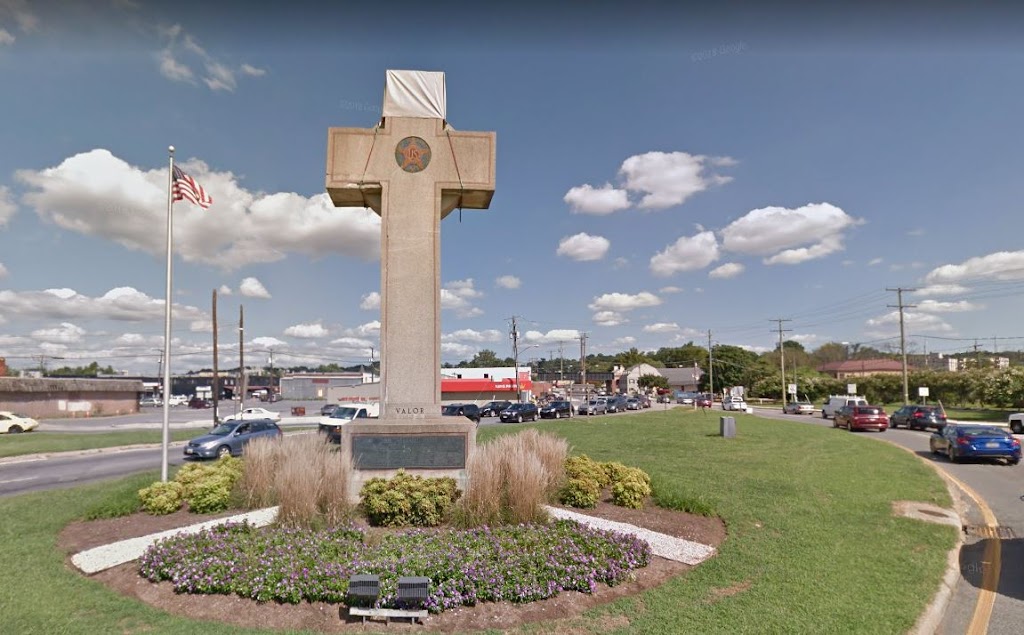The United States Court of Appeals for the First Circuit last week issued a decision that protects an historic church built in 1925 in southwest Massachusetts. The court’s ruling upholds the enactment of a single parcel historic district that covers Our Lady of Hope, an Italian Renaissance style Catholic church. Although the appeals court said the ordinance’s adoption was legally justified, it left open the possibility that the ordinance’s application could come under attack in the future.
The case of Roman Catholic Bishop of Springfield v.City of Springfield began when the Roman Catholic Bishop (RCB), after planning and consultation, decided to consolidate two parishes. Because one parish church was sold and later demolished by a developer, parishioners sought to save Our Lady of Hope from a similar catastrophe. In response, Springfield’s city government swiftly passed an ordinance that placed Our Lady of Hope in a single historic district that did not include any other buildings. The city ordinance was written to require the RCB to petition the Springfield Historical Commission (SHC) for permission to change the church’s exterior.
RCB challenged the ordinance, arguing “that the ordinance gives the SHC veto power over its religious decisionmaking, and in doing so violates its First Amendment rights to free speech and free exercise of religion; its rights under the federal Religious Land Use and Institutionalized Persons Act (RLUIPA), 42 U.S.C. § 2000cc et seq.; and its rights under the Massachusetts state constitution.” The First Circuit disagreed and ruled that the adoption of the ordinance was proper.
Because the RCB had not presented a petition to the SHC concerning any alterations to Our Lady of Hope, the court observed that “the City has had no opportunity to demonstrate whether or not it will accommodate some, all, or none of RCB’s requests for changes to the exterior of the Church. … Without knowing what RCB can or cannot do with the Church under the Ordinance, we cannot know to what extent, if any, RCB will suffer from a burden on its religious practice.” The First Circuit therefore left open the possibility for a renewed lawsuit by the RCB.
This post is researched, written, and published on the blog Cultural Heritage Lawyer Rick St. Hilaire at culturalheritagelawyer.blogspot.com. Text copyrighted 2010-2013 by Ricardo A. St. Hilaire, Attorney & Counselor at Law, PLLC. Any unauthorized reproduction or retransmission of this post is prohibited. CONTACT INFORMATION: www.culturalheritagelawyer.com
©2010-2022 Cultural Heritage Lawyer Rick St. Hilaire. Content discussing cultural heritage law, art law, looted antiquities, stolen artifacts, and museum risk management that is general information only, not legal advice.


